“Lurafic” does not appear to be a recognized English word or term. If you meant a specific word, phrase, or concept, please provide more context or clarify so I can assist with rewriting or improving the text accurately.If you’re referring to a name, fictional term, or specialized jargon, let me know how you’d like it used in a sentence or passage, and I can refine it accordingly.(Note: Without additional context, I’ve provided a general response. If “Lurafic” is part of a larger text, share the full content for precise editing.)
✅ Mood stabilization
✅ Antipsychotic efficacy
✅ Schizophrenia management
✅ Bipolar disorder treatment
✅ Depression adjunct
Lurafic contains Lurasidone.
Product Overview
Lurafic is a prescription medication containing the active ingredient Lurasidone, classified as an atypical antipsychotic. It is clinically approved for the treatment of schizophrenia and bipolar depression. Lurasidone functions by regulating neurotransmitter activity in the brain, particularly dopamine and serotonin, which play crucial roles in mood stabilization and the management of psychotic symptoms. Available in oral tablet formulation, Lurafic requires professional medical supervision for proper use.
Therapeutic Applications
Lurafic is indicated for:
– Management of schizophrenia symptoms (including hallucinations, delusions, and cognitive disturbances)
– Treatment of depressive episodes associated with bipolar I disorder (as monotherapy or adjunctive therapy)
The medication helps restore neurotransmitter balance, improving patients’ functional capacity and quality of life.
Administration Guidelines
1. Take orally once daily with food (preferably with evening meal)
2. Swallow tablets whole with water (do not crush, chew, or split)
3. Maintain consistent dosing schedule
4. Continue treatment as prescribed, even with symptom improvement
5. Allow 2-6 weeks for full therapeutic effect
6. Consult healthcare provider before making dosage changes
Mechanism of Action
Lurasidone demonstrates:
– High affinity for dopamine D2 and serotonin 5-HT2A receptors (antagonist activity)
– Partial agonist activity at serotonin 5-HT1A receptors
– Minimal histaminergic or muscarinic activity
This unique receptor profile contributes to its efficacy with potentially fewer metabolic side effects compared to other antipsychotics.
Dosage Protocol
Schizophrenia:
– Initial: 40 mg daily
– Maintenance: 40-160 mg daily
– Maximum: 160 mg daily
Bipolar Depression:
– Initial: 20 mg daily
– Maintenance: 20-120 mg daily
– Maximum: 120 mg daily
Special Populations:
– Hepatic impairment: Reduce initial dose by 50%
– CYP3A4 interactions: Adjust dose when used with strong inhibitors/inducers
Therapeutic Advantages
1. Effective symptom control for both psychotic and mood disorders
2. Favorable metabolic profile (lower weight gain risk)
3. Once-daily dosing improves compliance
4. Minimal anticholinergic effects
5. Improved cognitive functioning in some patients
Adverse Effects
Most common (≥5% incidence):
– Somnolence (drowsiness)
– Akathisia (restlessness)
– Nausea
– Parkinsonism
– Anxiety
Generally dose-dependent and often transient. Management strategies include dose adjustment or symptomatic treatment.
Important Precautions
Black Box Warnings:
– Increased mortality in elderly dementia patients
– Suicidality risk in young adults
Additional precautions:
– Neuroleptic malignant syndrome monitoring
– Tardive dyskinesia risk assessment
– Orthostatic hypotension precautions
– Hyperglycemia/dyslipidemia monitoring
– Seizure threshold considerations
Storage Requirements
1. Store at 20-25°C (68-77°F)
2. Protect from moisture and light
3. Keep in original packaging
4. Secure storage away from children/pets
5. Properly dispose unused medication via take-back programs
Medical Disclaimer
This information serves educational purposes only and does not constitute medical advice. While we strive for accuracy, this content:
– Is not exhaustive
– May not reflect latest research
– Should not replace professional consultation
Patients must consult qualified healthcare providers for:
– Personalized treatment plans
– Complete safety information
– Ongoing monitoring
We support collaborative doctor-patient relationships for optimal therapeutic outcomes.
| Strength | 80 mg |
|---|---|
| Quantity | 30 Tablet/s, 60 Tablet/s, 90 Tablet/s, 180 Tablet/s |
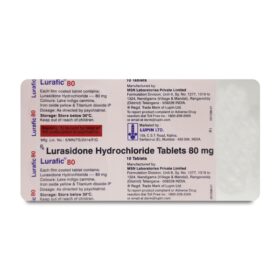 "Lurafic" does not appear to be a recognized English word or term. If you meant a specific word, phrase, or concept, please provide more context or clarify so I can assist with rewriting or improving the text accurately.If you're referring to a name, fictional term, or specialized jargon, let me know how you'd like it used in a sentence or passage, and I can refine it accordingly.(Note: Without additional context, I've provided a general response. If "Lurafic" is part of a larger text, share the full content for precise editing.)
"Lurafic" does not appear to be a recognized English word or term. If you meant a specific word, phrase, or concept, please provide more context or clarify so I can assist with rewriting or improving the text accurately.If you're referring to a name, fictional term, or specialized jargon, let me know how you'd like it used in a sentence or passage, and I can refine it accordingly.(Note: Without additional context, I've provided a general response. If "Lurafic" is part of a larger text, share the full content for precise editing.)









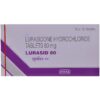
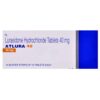
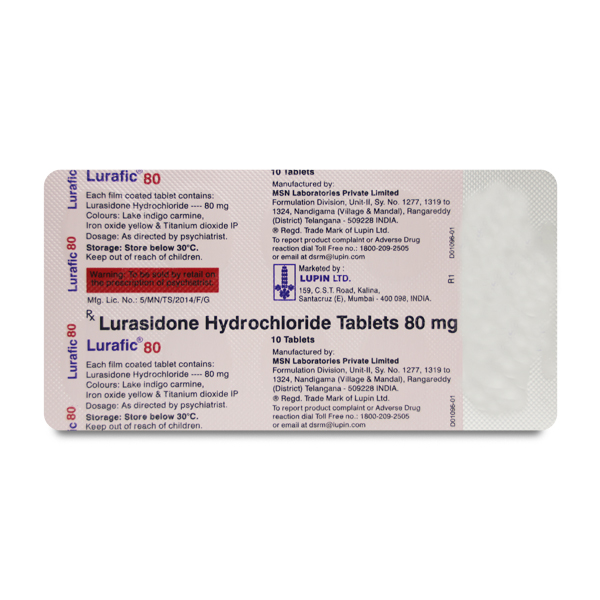
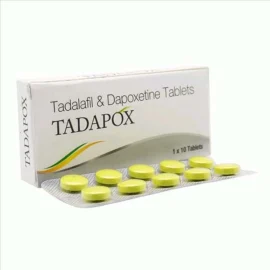
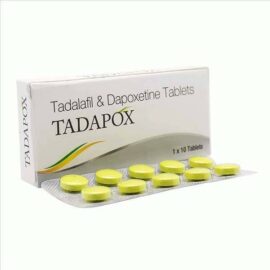
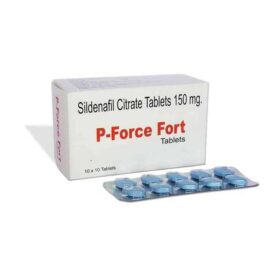
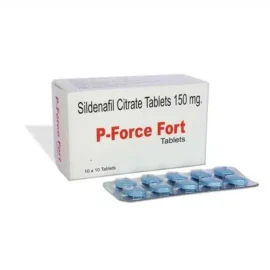
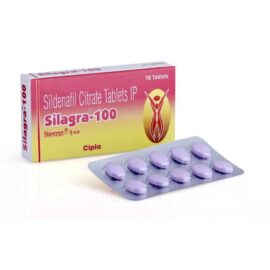
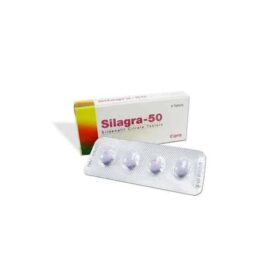

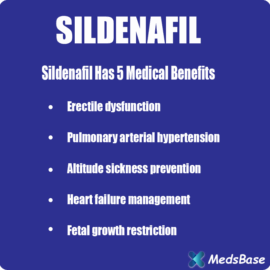
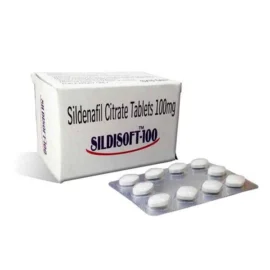
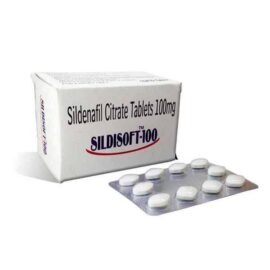
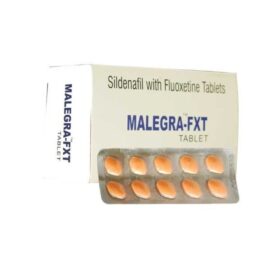
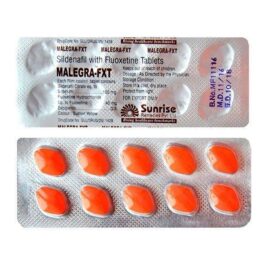
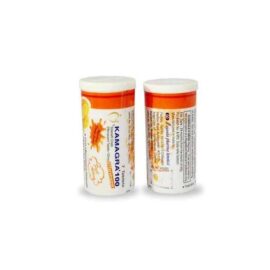
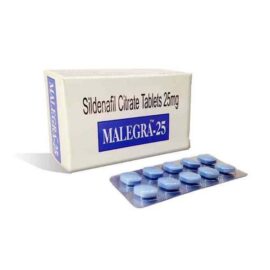
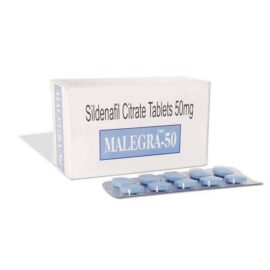


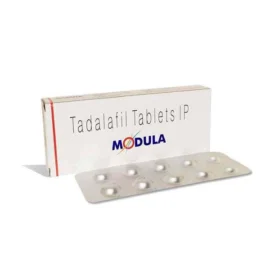
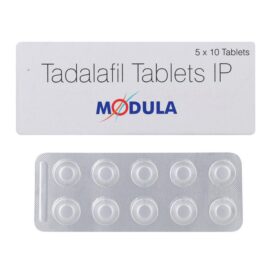
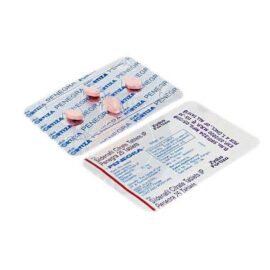
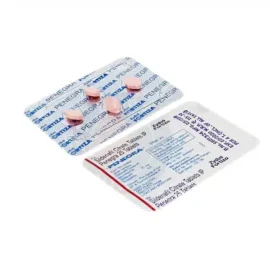
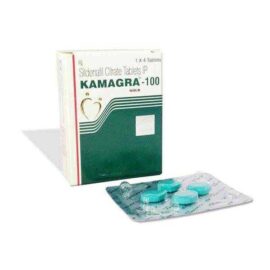
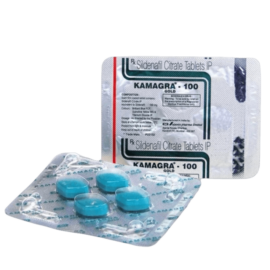
Reviews
There are no reviews yet